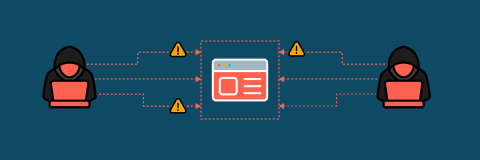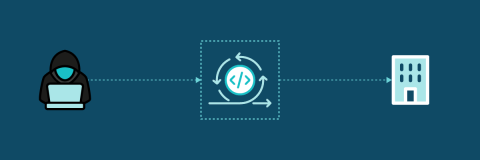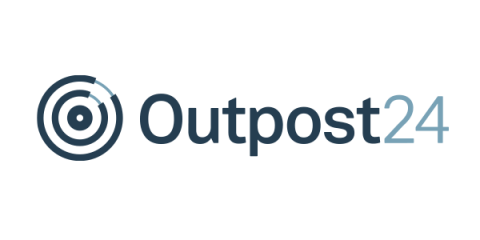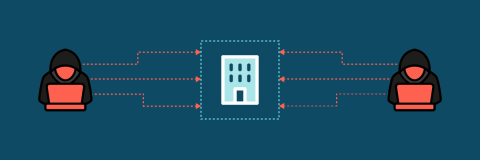Security | Threat Detection | Cyberattacks | DevSecOps | Compliance
Latest Posts
Cross-site scripting attacks in action and how to protect against them
Threat Context Monthly: Executive intelligence briefing for February 2024
How to master pen testing in an agile environment
Akira Ransomware-as-a-Service (RaaS) targeting Swedish organizations
Threat Context Monthly: Executive intelligence briefing for January 2024
Protecting your business against impersonation attacks
Companies grow through mergers and acquisitions. Marketing teams promote new products. New products spawn new web domains. As brand names, URLs, and cloud IT infrastructure proliferate, so do enterprises’ vulnerability to online attacks. At the same time, security professionals working with limited resources find it increasingly challenging to maintain oversight of their online assets.
Outpost24 Expands Leading External Attack Surface Management Solution with Credential Threat Intelligence
How to monitor your organization's presence on the dark web
Googling your organization’s name will bring up all sorts of information. However, there’s more to the internet than the surface web that’s accessed through regular search engines: the deep web and the dark web. To stay ahead of potential threats and maximize incident response performance, security teams need a complete view of their organization’s presence across all areas of the internet.
The scope of cybersecurity in 2024: Predictions from the experts
Coming into 2023, we predicted that the economic downturn would fuel sophisticated fraud, the growth of serverless workloads will increase the attack surface, and there would be more MFA bombing attacks. As we look to 2024, Outpost24’s team of security experts have predicted the emerging threats that will shape the cybersecurity landscape. Dark AI tools, and a shift in security priorities are some of the challenges that organizations will face.










